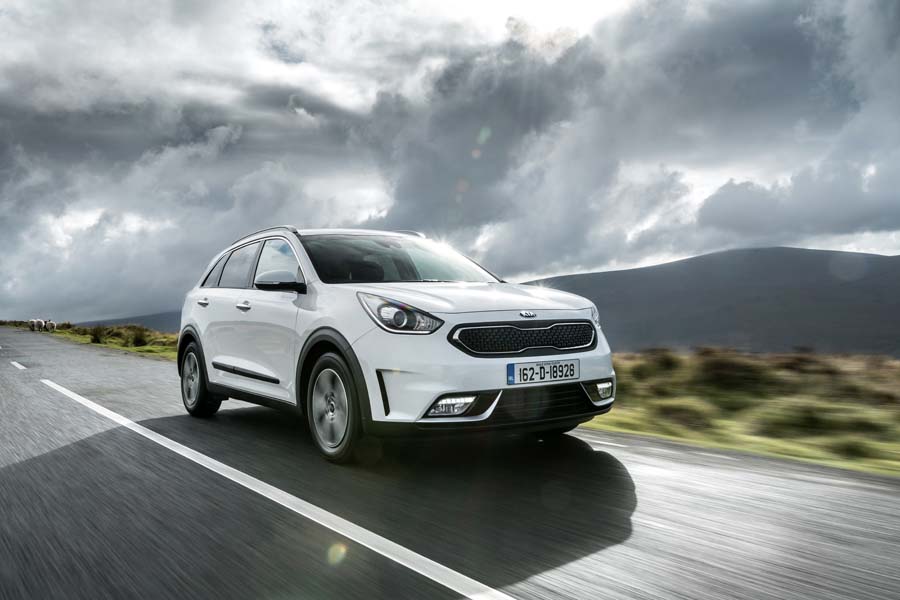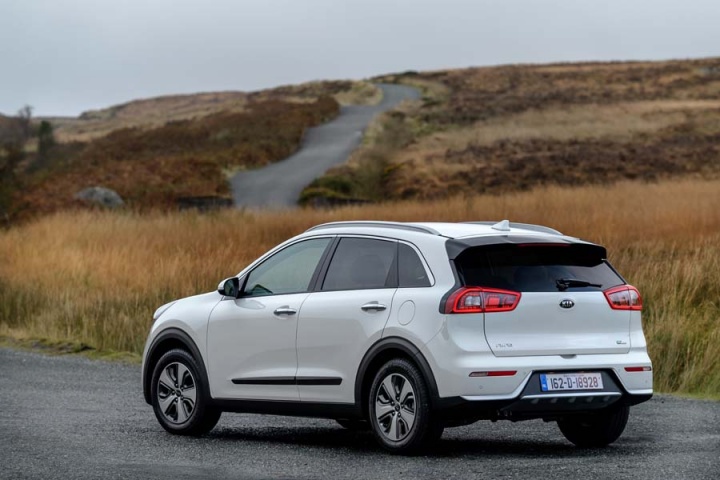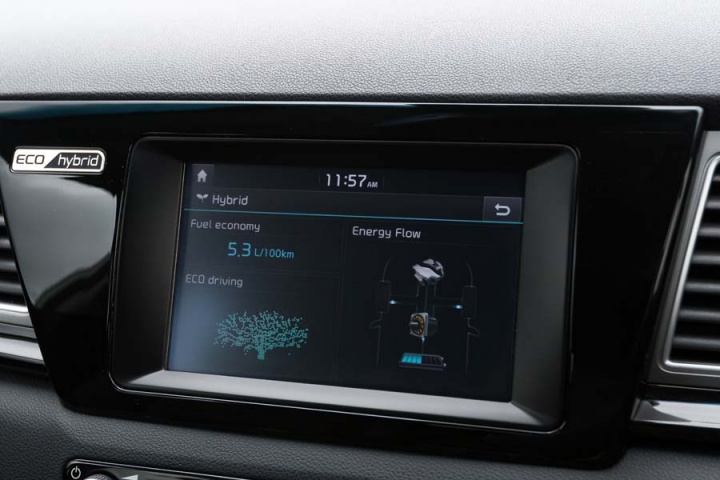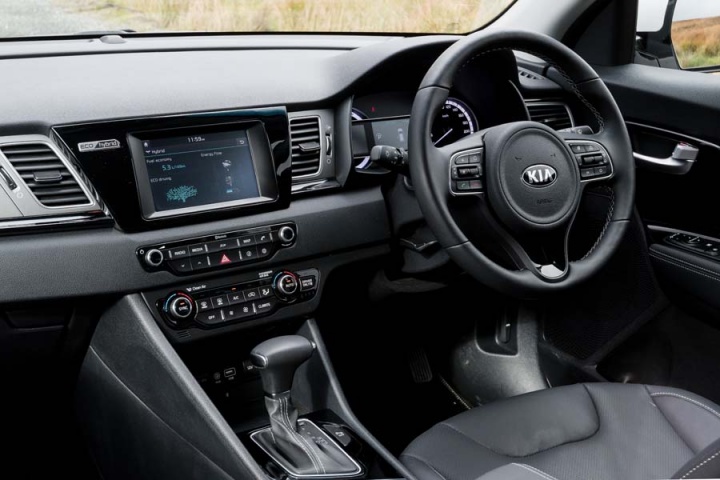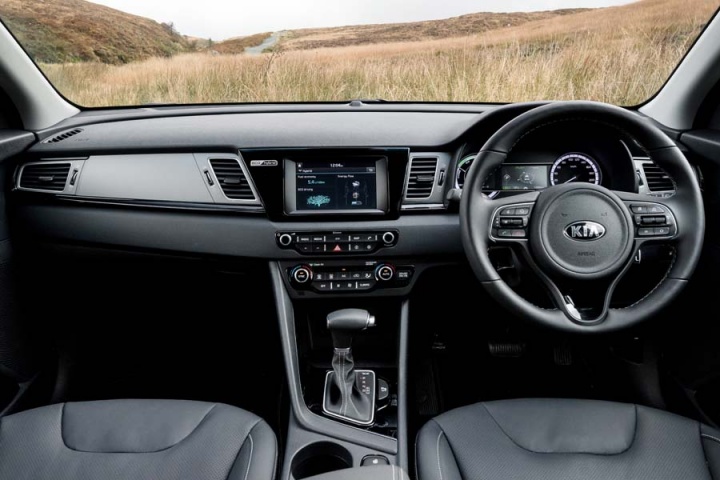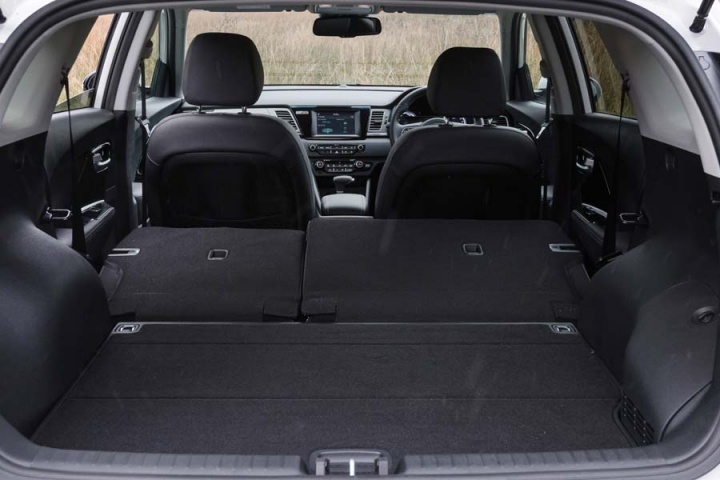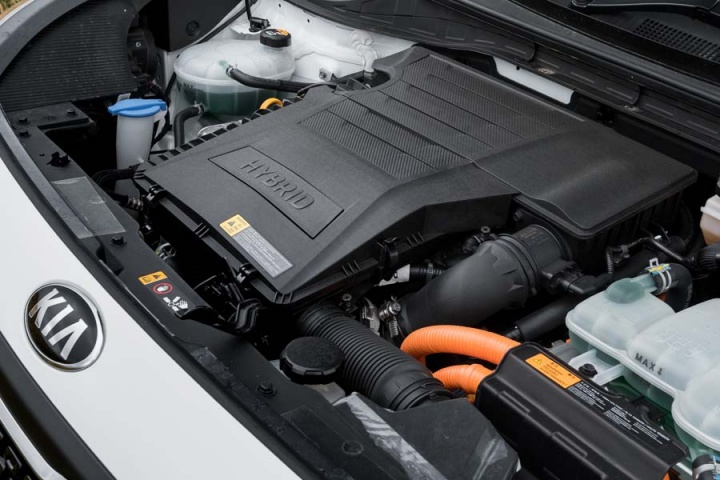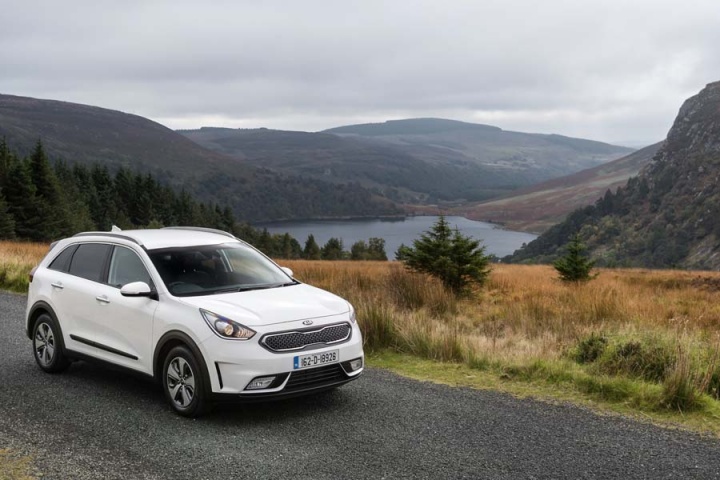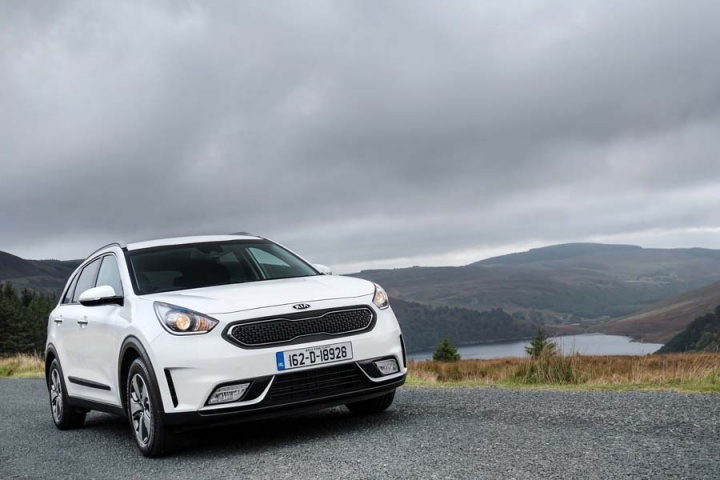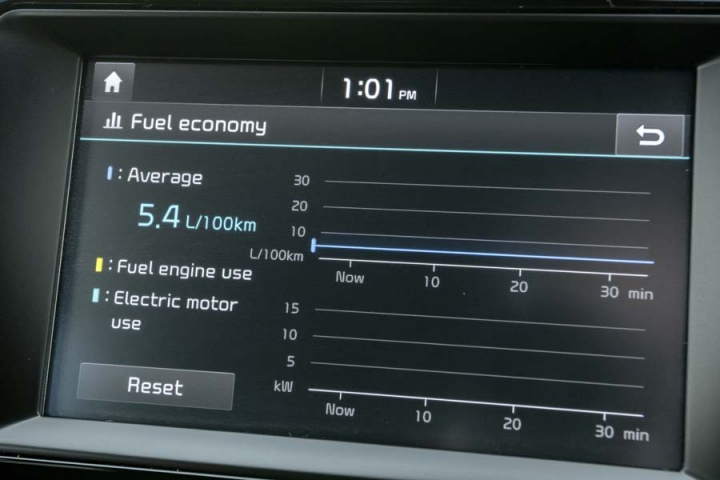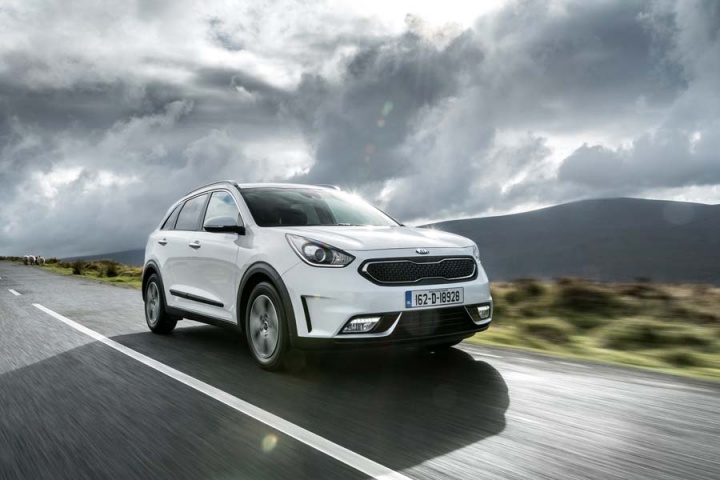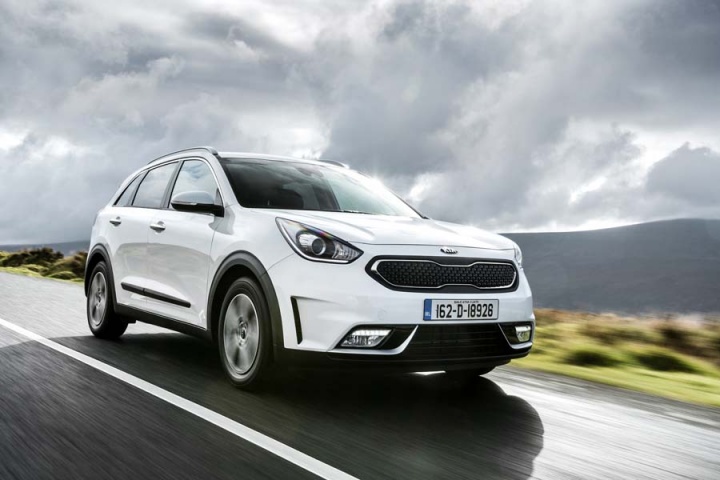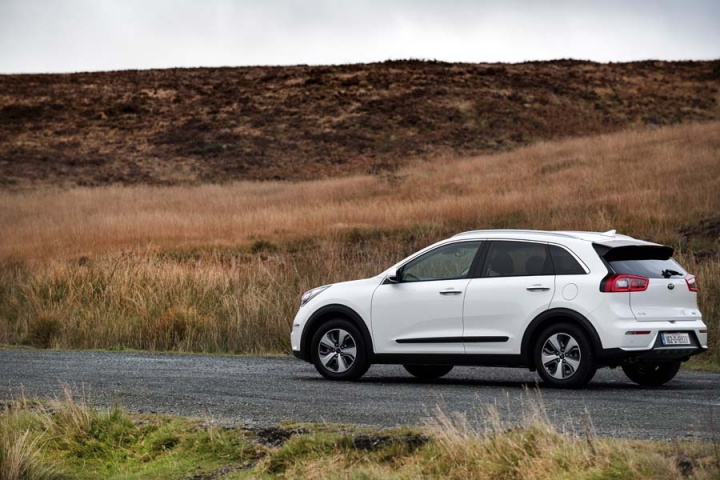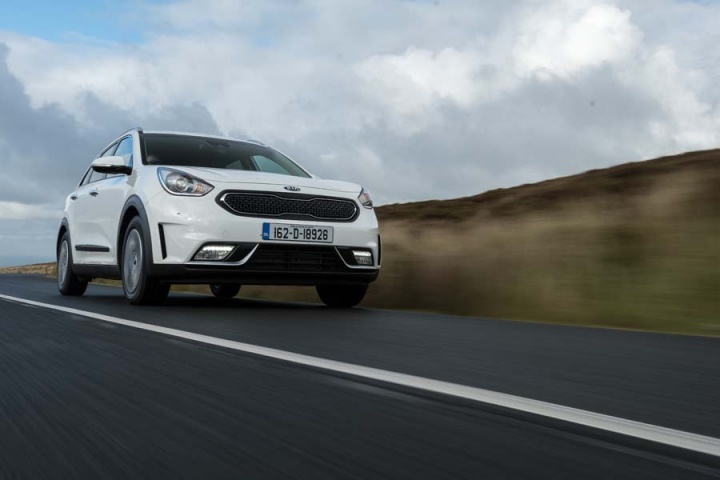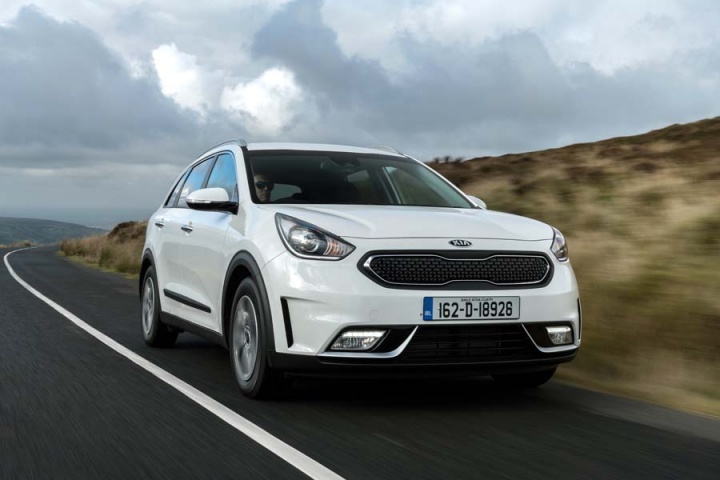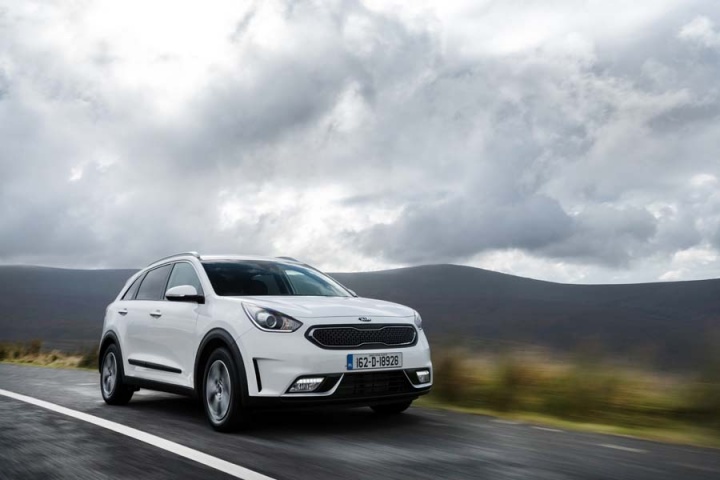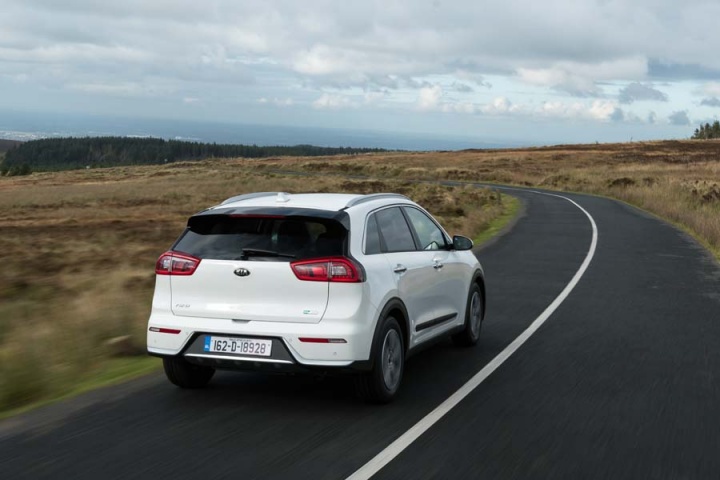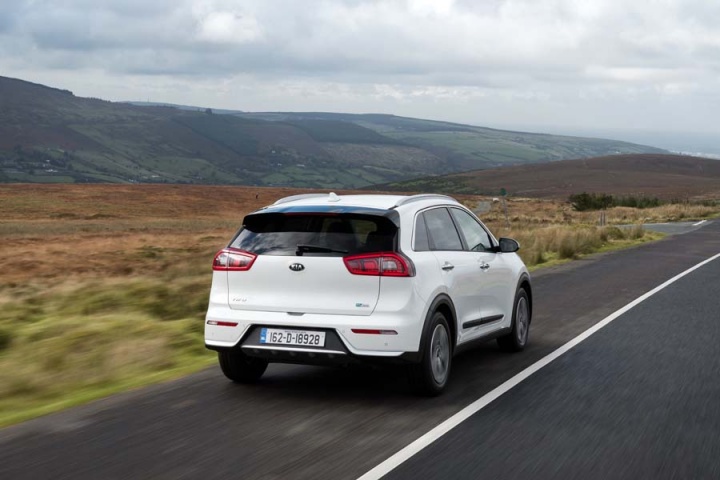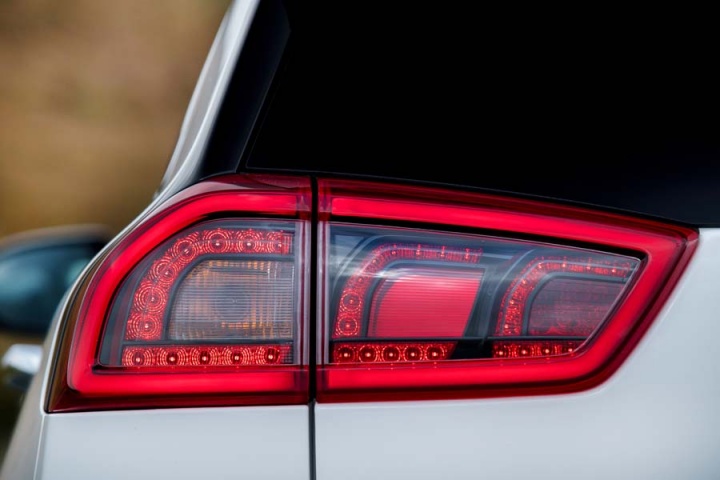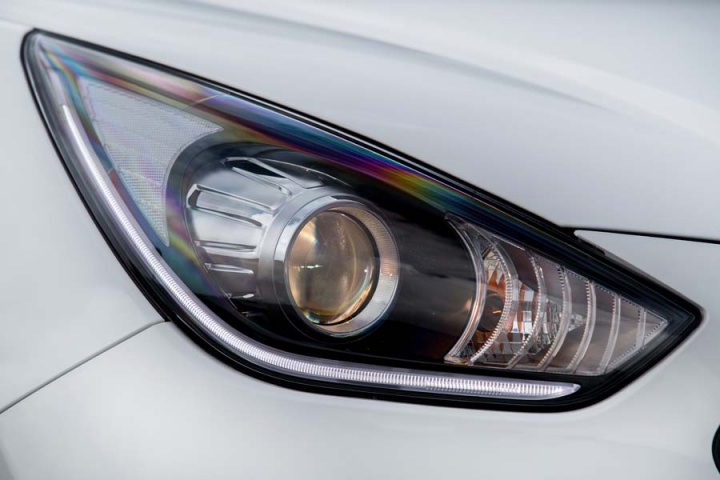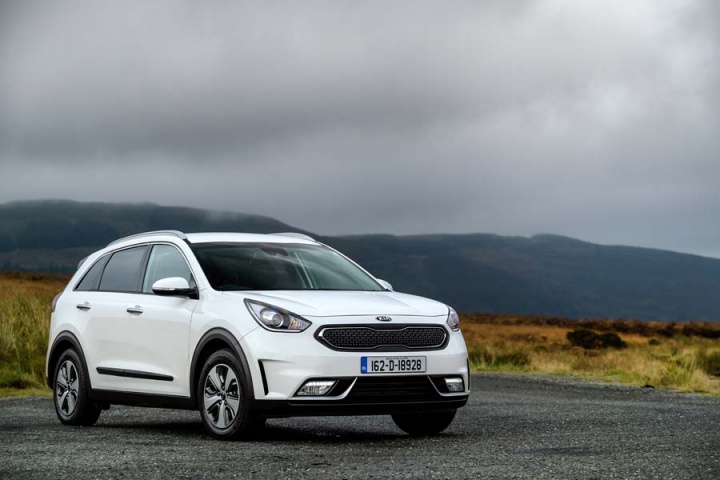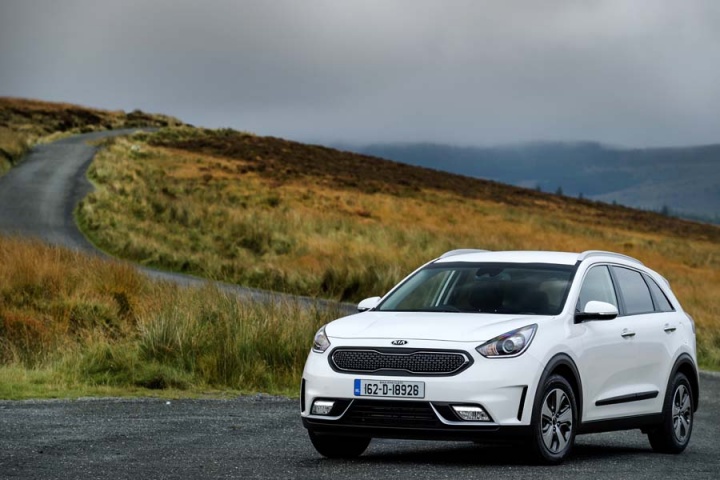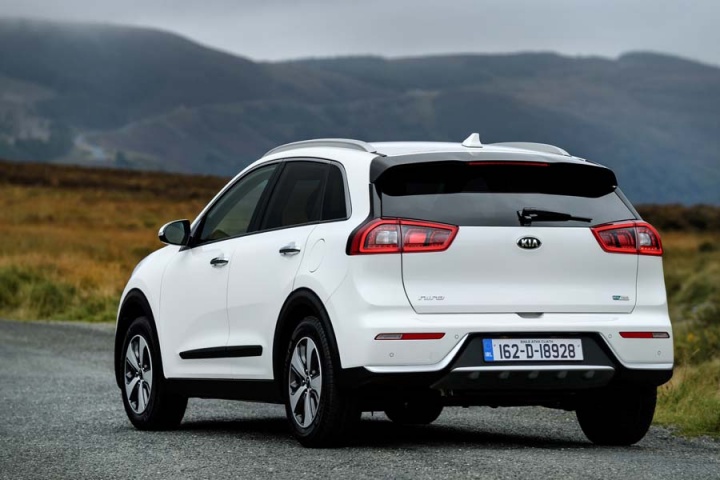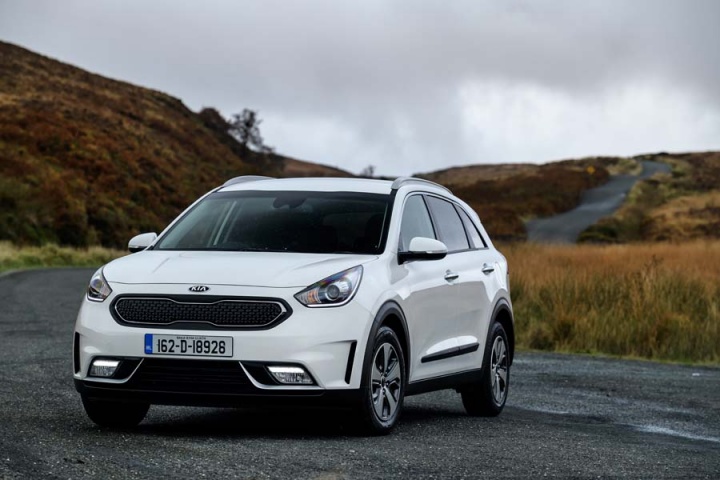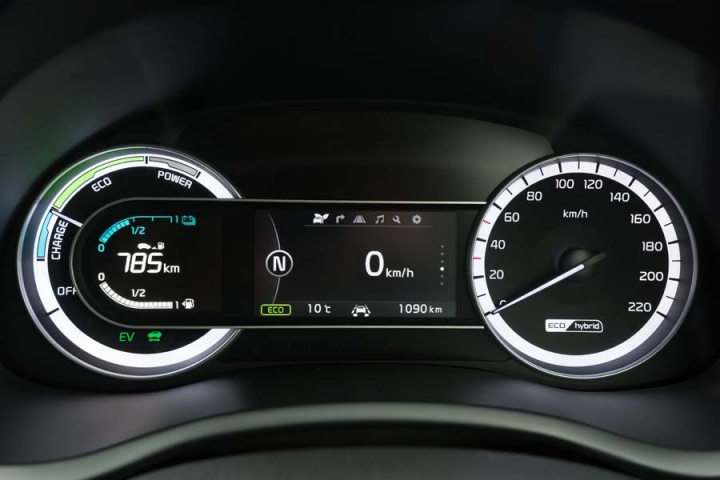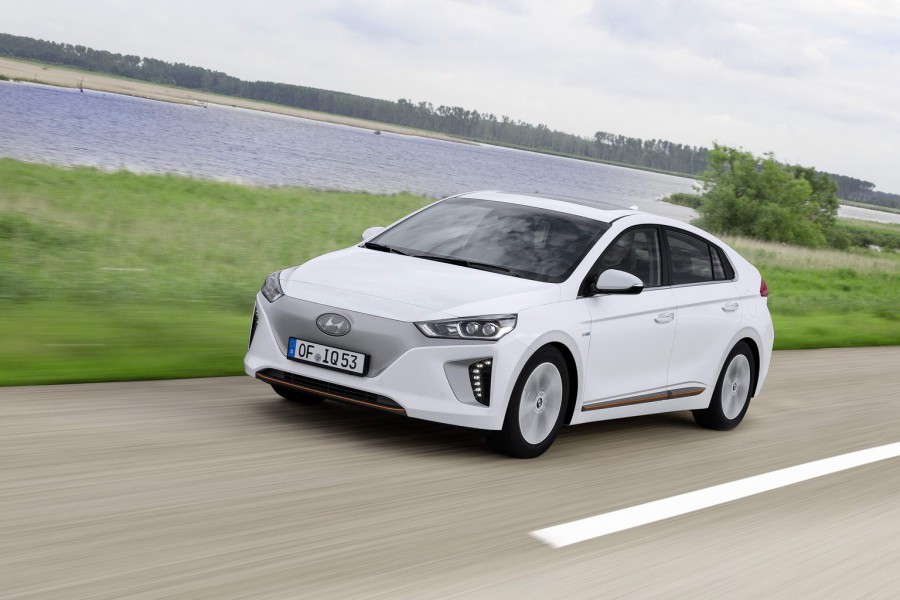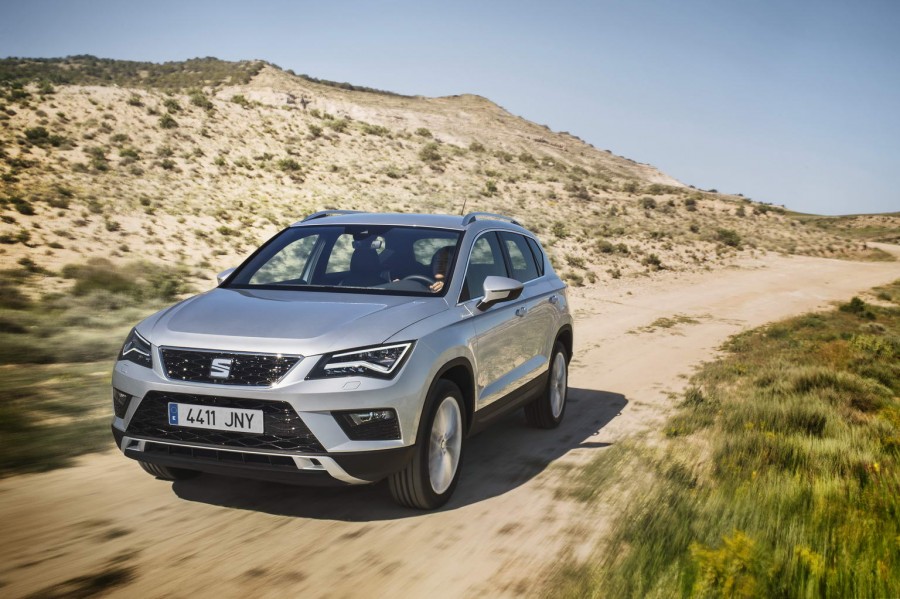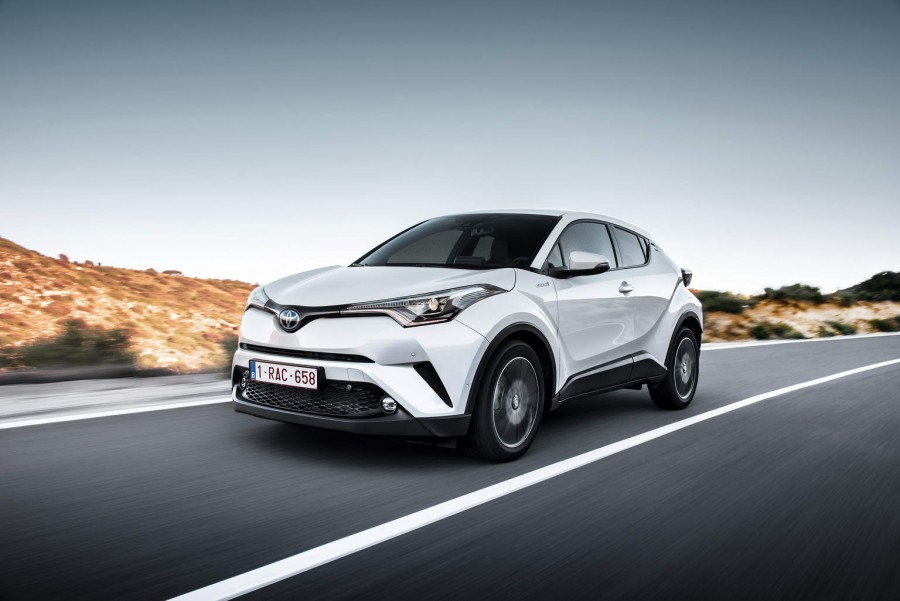Good: frugal, comfortable, of high quality
Not so good: not much fun to drive, needs extra safety pack for top NCAP result
The Niro (and we think it's supposed to be pronounced as if it were a former emperor of Rome - Neee-row) is part of Kia's big push on more ecologically friendly vehicles, along with sister brand Hyundai. They are planning to launch dozens of fuel-sipping or all-electric cars between now and 2020, and we've just this week witnessed the unveiling of the plugin hybrid version of the Niro at the Geneva Motor Show.
Certainly, if you're aware of the discussions currently going on at governmental level about what's to be done with troublesome diesel, then the prospect of an economical hybrid petrol car is a tempting one, especially if it's wrapped up in a trending SUV(ish) body as it is in the Kia Niro. If nothing else, it gives the Niro a bit of separation between itself and its Hyundai cousin, the Ioniq hatchback.
Both cars use the same 1.6-litre petrol engine, strapped to the back of which is a six-speed dual-clutch automatic transmission and an electric motor, which is fed juice from a lithium-ion battery. Combined, the system pumps out a reasonable 141hp, has impressive CO2 emissions of just 88g/km and an official fuel economy figure of 74mpg. So far, so diesel-beating - although in reality you're going to be getting more like 45-50mpg in daily driving.
Kia reckons that its use of a six-speed dual-clutch transmission makes the Niro more responsive and easier on the ears than the CVT that Toyota fits to its hybrid models, and up to a point it has a point. Certainly, the Niro seems to spend a little less time bellowing away at high engine speeds than does that of the Toyota Prius, and the healthy 265Nm of torque means that step-off acceleration is better than good. That said, Toyota has drastically improved its CVT in the current generation, so we're talking about shades of good and bad here, rather than distinct colours. Overall, though, the Niro has an impressively smooth drivetrain, and there are few things more appealing that the smugness you get from driving silently around town, even if it's only for short bursts.
The Niro is certainly easier on the eye than a Prius too - a neatly-drawn estate-cum-SUV body that feels reminiscent of the first-generation Subaru Forester in execution, if not design. Inside, it's made of very high quality stuff, comes with a standard equipment list that includes a nice seven-inch touchscreen (with Apple CarPlay and Android Auto) and generally feels well screwed together. The front seats are a little bit on the flat side, and could do with more support for longer journeys, but there's good space in the rear seats and, by hybrid standards, a respectable 427-litre boot out the back.
You will need to spend extra on your Niro if you want the safest one though. The basic EX model lacks autonomous emergency braking, with pedestrian detection, so you'll have to stump up an extra €700 to get the EX ADAS model. That brings a jump of one star in the Euro NCAP rating and significantly enhanced safety.
Either way though, you're not getting a great car to drive. Whereas Toyota has made its Prius feel much more responsive and reactive of late (and the Toyota C-HR feels almost like a hot hatch), the Niro seems to assume that anyone driving a hybrid cares neither for steering feel nor chassis response. I haven't felt steering that seems this disconnected since my misspent youth feeding 50p pieces into Atari F1 arcade games. There really does seem to be only a causal relationship between the steering and the driving wheels, and when you do spin the rim hard enough to elicit a response, the chassis lurches and heels over like a trawler that missed the shipping forecast. Fun, it's not, but even if you don't think that a hybrid should be especially fun, there's no argument that says it should be this sloppy.
Which is a shame. The Kia's hybrid system is roundly impressive, and worth a look if you drive exclusively at low speeds and in town. That's not because it won't get impressive fuel economy on longer journeys, as it will. It's because on country roads, at anything approaching normal pace, the handling just can't cope. We need more and more frugal non-diesel options now, as the clampdown on diesel fuel and diesel fumes is gathering pace. Hybrids like the Niro represent the best alternative until either the electric or hydrogen revolution gathers proper pace.

